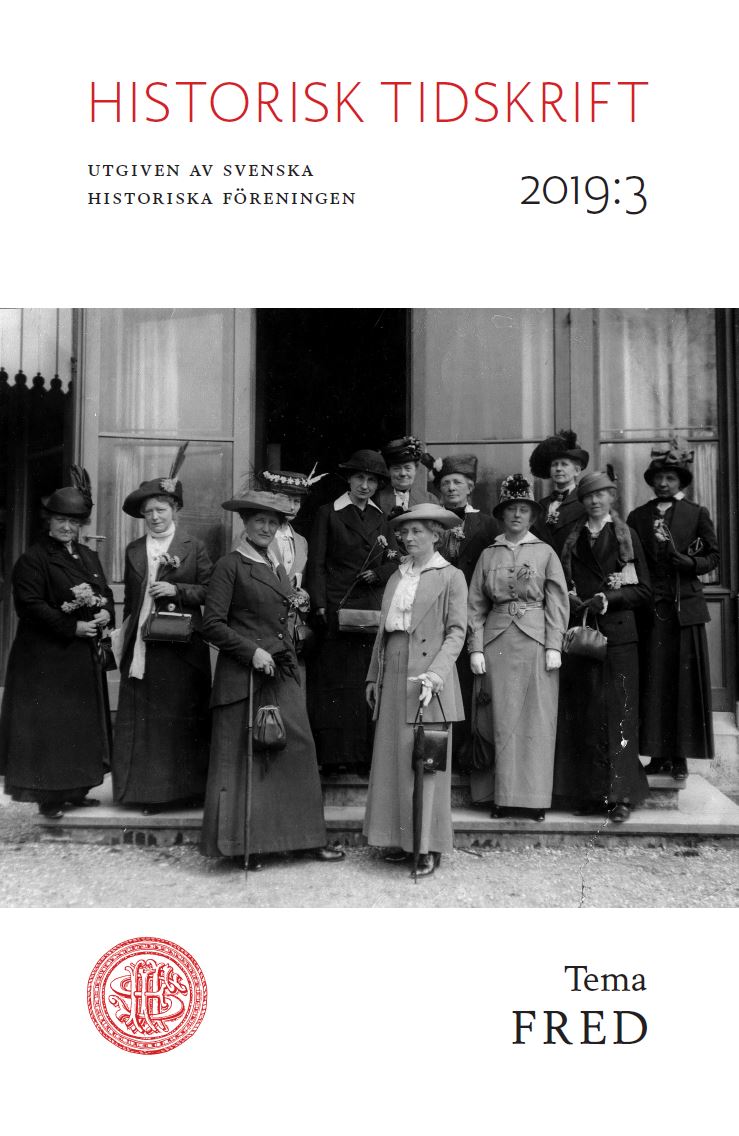Abstract
Peace-keeping or peace-enforcement? Swedish participation in international military operations 1921–2017
For almost a century Sweden has participated with military units in international peace operations. Most of these operations have taken place since 1956, under the command of the United Nations (UN), but the prehistory during the League of Nations is of importance for a deeper understanding of Sweden’s participation in international peace operations. For a long time, peace operations took place under a mandate of the UN and were also organised by the UN. But step by step both EU and NATO have come to command many of these operations.
From 1934 until today, more than 100 000 Swedes have taken part in different kinds of international operations. By means of a chronological and comparative approach, this article studies the development of these operations. The focus is the concrete development of the military operations, not the political decision-making processes behind them.
Six different definitions of peace operations are used: Preventive operations, where the international forces are deployed before a conflict has broken out. Traditional peacekeeping operations, where the international troops are deployed between the two hostile parties, with their approval. Enlarged peacekeeping, where there are several breaches of a formal armistice. Peace-enforcing operation, where the international forces use armed force against one or several of the parties. Support of a transition, where the military, the police and civilians are used to implement a peace agreement. Administration of a transition, where the international society assumes responsibility to achieve a deeper political change.
Very few Swedish peace operations were of a traditional peace keeping sort, while more peace enforcing efforts took place or were prepared for already in the 1960s. However, the big shift towards participations in peaceenforcing operations under the command of EU and NATO came in the 1990s. For many years this development was not in step with the official Swedish self-image as a neutral and peace-loving country.

